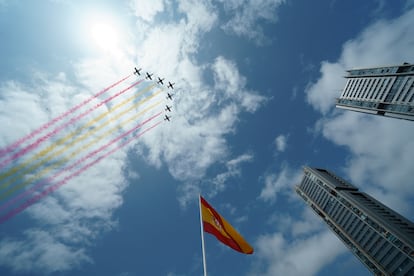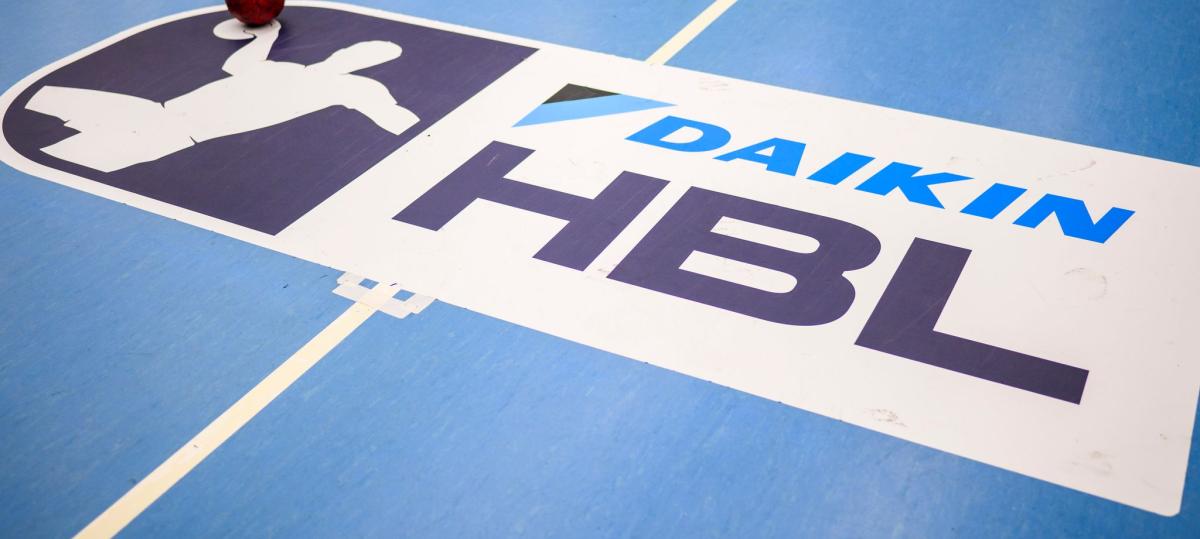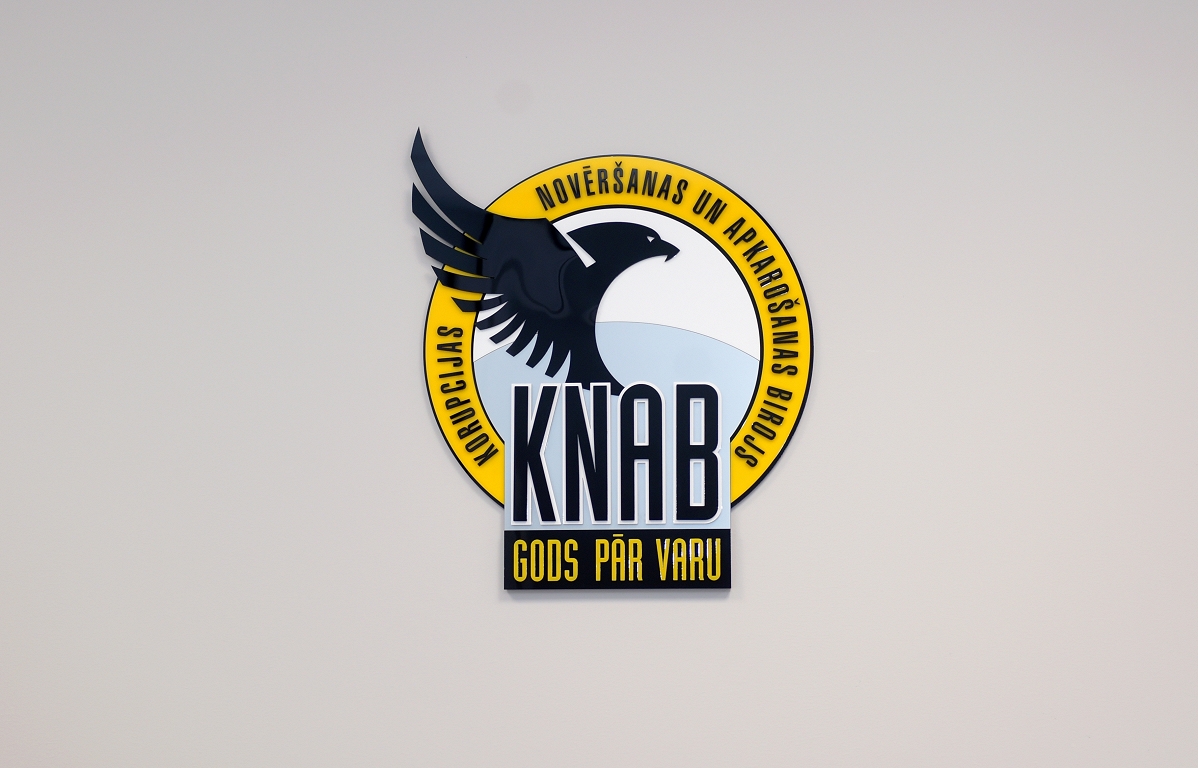The voices of the Atasco | Spain
« Very good afternoon. At this time we continue pending several scopes on the roads. One of them in Valladolid, in the A-62, in Cubilla de Santa Marta, and another in Murcia, in the A-30, in Molina de Segura, so we ask them a lot of caution at these points. » The voice behind this message is very familiar to thousands and thousands of drivers who listen to the seven journalists of the Radio and Television Information Service of The General Directorate of Traffic (DGT). In this case it is José Antonio Pedrosa (Alameda, Málaga; 31 years). The connection occurs In full operation of Holy Week, when millions of vehicles They are thrown into the asphalt in search of rest and find a path with great retentions.
The seven professionals (five men and two women) are dedicated to spreading the state of the roads, especially incidents such as jams, accidents or snowfall, among many others. During 2024, they made 77,733 connections – the vast majority in radios, with 73,477 inputs -, which throws about 212 a day, and launched an average of 60 messages in the official X account of X. The information service is located at the headquarters of the DGT in Madrid, in a kind of fishbowl within the traffic control center. The seven positions with monitors and computers are surrounded by devices to connect live with radios and televisions. Outside, immense television screens instantly collect up to the smallest detail of the traffic throughout Spain, except Catalonia and the Basque Country. At the head of this team is the coordinator Alfonso Martínez (Espinosa de los Monteros, Burgos; 45 years), with eight years of experience in the service. « Sometimes it is a little madness because all radios and some televisions want to enter at the same time. There are moments of up to 15 requests for the same time. What we do is record between three and five minutes before and we do the direct ones with those of national level, to which we give priority, » Martínez details.
His work makes Spain « at the heart. » In fact, with a simple look they are capable of Identify a section of track without reading the legend from the upper screen. In the background monitors he begins to snow in Somosierra and in the Alto de los Leones, in Madrid, in full operation. The connections happen, are chained and there is almost no time to entertain themselves in greeting the journalist on the other side, which they already know when they have the connections set throughout the year. « It is a job in which there is a lot of tension. You have to be very fast and give as much information as possible in the shortest time, » the coordinator acknowledges. “When there is an accident, televisions ask us imagesbut we can only give very general planes and from afar. We never let vehicles identify so that family members do not find out in this form of what has happened, ”he adds.
The one that has been early on April 16 has been Alejandro Martín (Madrid, 27 years old), which has begun connections at six in the morning. Like his companions, he already knows that the problems begin towards 6.20 in the M-40 in Coslada (Madrid) and then extend through the rest of the capital entrance routes. The B-10 and B-20 rounds are added, in Barcelona, and the Illescas (Toledo) area, in the A-42. Then, he will touch Valencia (A-3) and Malaga (A-7). “If it does not rain and if there are no accidents, everything is usually normalized around ten in the morning. It also shows that people now teleworking Mondays and Fridays on Fridays and Fridays And the intensities lower these two daysIn front of Tuesday, Wednesday and Thursday there are many more problems, ”describes Martín. In the back Catalonia and Trafikoa of the Basque Country.
Its particular peak hour goes from shortly before seven in the morning until half past eight, in which they can make more than 60 or 70 connections almost without stopping. The second call binge ranges from 18.00 to 20.00 during working days. The journalist must have even more expertise if he enters a television, such as those who have a direct link with the service (Atresmedia, Mediaset, TVE, Telemadrid and Castilla-La Mancha Televisión), since while they speak they have to go typing to prick the cameras with the incidents of the circulation. This day, being a large number of vehicle movements, some media have transferred equipment and journalists to the DGT center itself.
Journalists remember some critical moments that have lived in recent years. The pandemic stands out, when the service was not cut, although the circulation was very restricted. « The message we gave is for people to stay at home, but there were truckers on the roads and we had to inform them if accidents or cuts occur. Television also asked us for images of the completely empty tracks, » recalls Martínez. « It was lived with a lot of stress for wanting to offer the best information and as up -to -date as possible. Sometimes you were going home so tired that you thought you had not done your work well, but over time one feels proud to receive the congratulation of many means for the great work done, » he adds.
Another critical moment was Borrasca Filomena, When the huge snowfall left people on the road in January 2021 and a single vehicle could not be moved, especially in the downtown area of the Peninsula. « It was impressive because we had to give the information from all over the country and all the media wanted to enter at the same time. I came from my land knowing that I could get caught. I arrived soaked and, as I anticipated, I brought clothes to change to change, » recalls the coordinator. Meanwhile, the roads are filled in full operation, with traffic jams in the A-3, in Rivas (Madrid) and in Valencia; in the A-4, in Pinto; In the AP-7, in Barcelona, and in various sections of the A-7, in Murcia, Almería and Malaga. The connections are also used to give advice to drivers. Those of this day will be very clear: be very caution at the wheel, consult the time of time, Respect speed limits and rest every two hours.
Much more recent is the tragedy lived in La Dana, on October 29, when dozens and dozens of roads They were cut and unused. « At first we didn’t even believed it. We received many calls, but we couldn’t do anything, because there were neither alternative itineraries and there were no solutions. We contacted the Valencia Traffic Management Center to give us data, because some cameras even worked, » says Alejandro Martín, with some emotion. “We were the voice, Those who said that people were not Valencia or move along the roads. And all this without images. Of course, what came to us is that there were a lot of affected roads and you could not have all controlled, ”adds José Antonio Pedrosa. The day of the Dana from the first hour (7.53) they were already saying that he had forecast intense rains. That day they launched 76 messages only with the situation in Valencia.
In a corner of the cabin is Lucía Andújar (Madrid, 33 years old), which has been in the service for three and a half years. He is in charge of the X account right now and does not stop throwing messages with the roads with greater difficulties in full exit. Remember how One of the worst recent moments the intense snowfall of January and February: « More than 200 roads had been affected and with cuts in some main. They are hard times because people cannot move and it has to be recommended that nobody goes to the road. »
Little by little, the afternoon is passing and the incidents on the roads fall or move to the coastal points. The number of connections also descends. It is about to finish the service, when the clock marks 23.00. The microphones will go out until six in the morning of the next day and thousands of vehicles return to the roads.








/s3/static.nrc.nl/images/gn4/data133354271-8dc659.jpg)